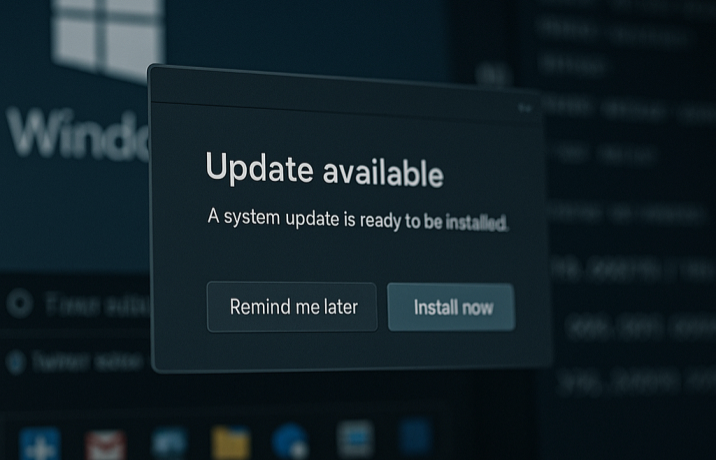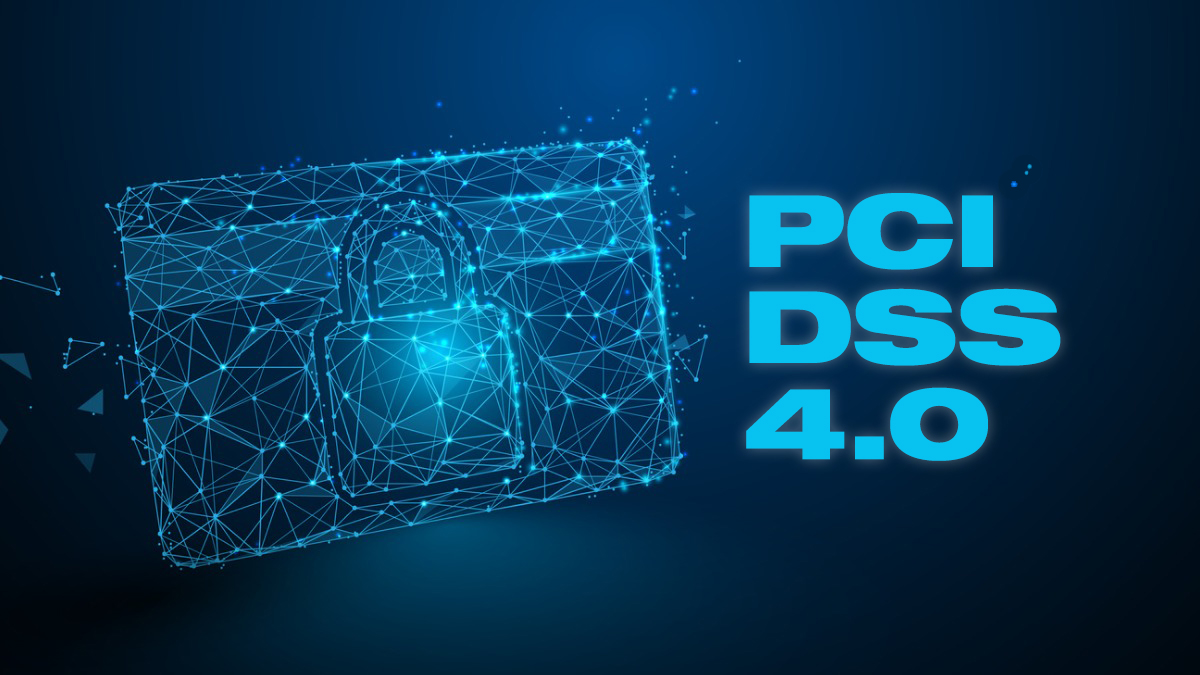By 1 Cyber Valley | July 16, 2025 | Ankit KJ
Microsoft’s July 2025 Patch Tuesday was more impactful than usual. The release resolved over 137 vulnerabilities, including 14 that were deemed critical and one highly sensitive zero-day in Microsoft SQL Server (CVE-2025-49719) that had previously been made public. This update is a huge wake-up call for security teams, and it also shows how much the vulnerability landscape has evolved.
The traditional arrangement of monthly patches is no longer reliable. Today, safety breaches unfold in real time, and the attackers are learning faster than ever.
Here’s what you need to know when building a resilient framework for patch management.
Vulnerability disclosure raises the stakes
When a vulnerability is made public, time is the enemy.
For CVE-2025-49719, attackers had the opportunity to figure out the vulnerability prior to the patch release. This kind of head start is all they need to reverse-engineer an exploit, scan for vulnerable instances, and act. Every hour that passes increases exposure.
Visibility is everything and most teams still don’t have it
Across our client engagements, we frequently encounter companies struggling with a basic but critical challenge: knowing what they own. Between hybrid deployments, unmanaged cloud assets, and remote endpoints, it’s easy for systems to slip through the cracks.
Unfortunately, those are often the systems that end up compromised first.
Security starts with visibility. Without a live, accurate inventory, patching becomes a guessing game and guessing wrong means real risk.
Compliance expectations are catching up
Patch delays don’t just increase security risk they create compliance exposure too. Under security frameworks like ISO 27001:2022, organisations are expected to respond to known vulnerabilities promptly.
Even cyber insurance companies are paying attention now. They're starting to look at control maturity and performance over patch management as a sign of how strong your overall security posture is. Non-Compliance might even lead to higher premiums, or rejection of the claims.
Security patching is no longer a backend IT task. It's a visible, reportable, and increasingly auditable business function.
Patch Management Framework
The organisations best positioned to handle updates like this month’s aren’t scrambling on day one. They’ve built scalable, repeatable patch management programs grounded in a broader security philosophy, one that blends visibility, accountability, and operational discipline.
Here is how you can build a reliable patch management framework:
- Live asset visibility: A regularly updated inventory of the digital infrastructure is the first step in achieving control maturity. This is not limited to tracking servers. It encompasses containers, remote endpoints, cloud workloads, and even intermittent development and testing environments. Organisations frequently fail to track or manage systems effectively enough to prevent known-exploit attacks, which is a critical challenge. The 2024 Verizon Data Breach Investigations Report states that the use of vulnerabilities as a breach vector has been increasing year over year. This report also draws attention to a common problem facing the industry: preserving precise asset visibility across on-premises, cloud, and remote endpoint environments. Patching techniques are likely to overlook important systems in the absence of real-time discovery and monitoring, creating security flaws that adversaries are becoming more skilled at exploiting.
- Risk-based triage: Patches should be classified corresponding to the affected asset's placement and function in addition to its CVSS score. For instance, a critical bug on an internal file share may not be as important as a medium-severity vulnerability on a payment API that is accessible to the customers. The most effective programs create triage methodologies that take business continuity, exposure, and data sensitivity into consideration.
- Staged, tested deployment: No two environments are the same. In healthcare and industrial control sectors, even momentary downtime can have a domino effect. According to PCI DSS v4.0.1 Requirement 6, all security patches must be tested prior to deployment to ensure they do not introduce new vulnerabilities or affect system functionality. This is especially critical in payment environments where system stability directly impacts transactional integrity. Organisations with mature patch management practices typically maintain a controlled staging or QA environment that mirrors production, allowing them to validate patches under real-world conditions without risking downtime.
- Audit-aligned documentation: Effective programs treat documentation as an enabler, not a burden. They integrate remediation evidence directly into ISO 27001 control logs, SOC 2 reporting trails, and internal risk platforms. In the context of PCI DSS v4.0.1, this aligns with Requirement 10, which mandates the ability to reconstruct security events through detailed logging. By aligning patch documentation with these standards, organisations can enhance cross-framework compliance, and create a traceable chain of accountability that simplifies both internal and external reviews.
- Leadership visibility: Patch compliance metrics are usually reported up the chain, often as part of monthly cyber risk updates to the board. ISO 27001:2022 emphasizes the need for patch management to be integrated into the organisation's broader risk management process. Specifically, Annex A, requires organisations to manage technical vulnerabilities in a timely manner and assess associated risks, including any potential impact on the business. This approach aligns patching activities with enterprise risk considerations, helping ensure that delays or failures in remediation are evaluated not only as technical issues but as material business risks.
The consistency and assurance with which updates are implemented, recorded, and communicated are more important indicators than deployment speed alone. A well-developed program is credible in the eyes of regulators, repeatable across business units, and resistant to operational disruptions. Patch management becomes an obvious indicator of organisational discipline.
Looking ahead
Microsoft’s July 2025 update is a reminder that the window between discovery and exploitation is more crucial to consider. A strong framework includes responding quickly, documenting thoroughly, and continuously improving.
At 1 Cyber Valley, we help businesses move from reactive to proactive governance over material business risks. From helping you get PCI certified to mapping controls for ISO 27001 and SOC 2, we help ensure that your patch management program scales with your business.
If you’re ready to move from firefighting, talk to us: hello@onecybervalley.com














